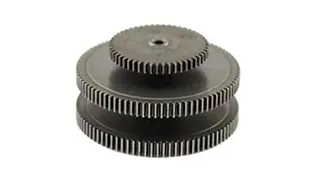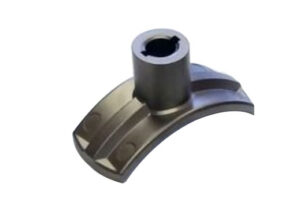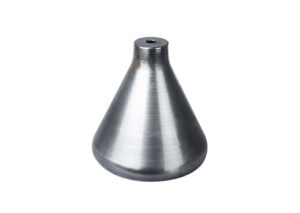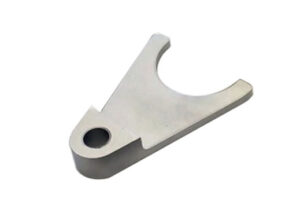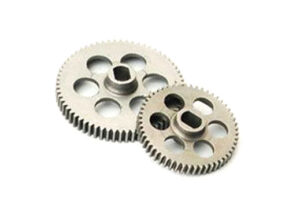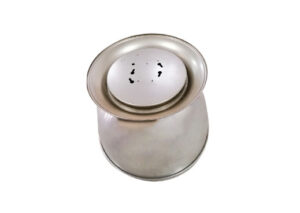Powder Metallurgy
Technology is prevalent in transportation, machinery, electronics, aerospace, weapons, biology, new energy, and the information industry. The powder metallurgy technology offers numerous advantages, including significant energy savings, material savings, excellent performance, high product precision, and good stability, making it ideal for mass production. Also, powder metallurgy technology can manufacture unique materials and complex parts that cannot prepare by traditional casting methods or mechanical processing methods, so the industry highly values them.
The basic procedures of the powder metallurgy process are:
1. Preparation of raw material powder. The existing milling methods have two categories: mechanical methods and physical-chemical methods. The automated techniques have: mechanical pulverization and atomization; Physical and chemical processes further have electrochemical corrosion, reduction, chemical, reduction-chemical, vapor deposition, liquid deposition, and electrolysis.
The most frequently used methods are the reduction and atomization procedures and electrolysis.
2. The powder form into a compact of the desired shape. The purpose of molding is to make a compact of a specific shape and size and have a certain density and strength. Pressure molding and pressure-less molding are two types of molding. Compression molding is the most popular type of molding. In addition, it is possible to print embryo blocks with 3D printing technology.
3. Sintering of compacts. Powder metallurgy involves a critical step called sintering. The formed compact sincere to achieve the desired final physical and mechanical properties. Further, sintering has unit system sintering and multi-system sintering. Solid-phase sintering of unitary systems and multi-component systems generally occurs at temperatures below the melting point of the metals and alloys. In liquid phase sintering of multi-component systems, the sintering temperatures are usually lower than the melting points of refractory and fusible components. As well as ordinary sintering, there are also unique sintering processes, such as loose sintering, immersion method, and hot-press method.
4. Post-processing of products. There are many different methods after sintering based on the product requirements. Some examples are finishing, heat treatment, oil immersion, machining, and electroplating. Some new processes (rolling and forging) have also processed powder metallurgy materials after sintering to achieve ideal results.
Advantages of powder metallurgy process
1. Special materials can process. The method of material powder metallurgy can manufacture refractory metals and compounds, pseudo-alloys, and porous materials.
2. Save metal and reduce costs. Powder metallurgy can be into green compacts of the final size, so mechanical processing is unnecessary. Only 1% of the metal is lost by this method, while the general processing consumes 80%.
3. Preparation of high-purity materials. Because powder metallurgy does not melt the material during production, other substances will not introduce impurities, and sintering is done in a vacuum and reduces the atmosphere. Hence, the material is not at risk of oxidation and will not be polluted. As a result, the product purity is relatively high.
4. Correctness of material distribution. Powder metallurgy ensures that the material composition is correct and uniform.
5. Mass production reduces costs. Powder metallurgy is ideal for producing products with many uniform shapes, such as gears and other high-cost parts, which can significantly reduce production costs.
Disadvantages of powder metallurgy process
1. Powder metallurgy products have poor strength and toughness. Due to the compaction formed by powder, the internal pores cannot eliminate. Therefore, the strength and toughness of powder metallurgy products are inferior to those of castings and forgings of corresponding components.
2. Powder metallurgy cannot produce large products. Metal powder’s fluidity is inferior to molten metal, so its shape and size will be limited, and its weight will not exceed 10 kg.
3. The cost of stamping is high. Due to the high cost of stamping manufacturing, it is only suitable for use in mass production.

